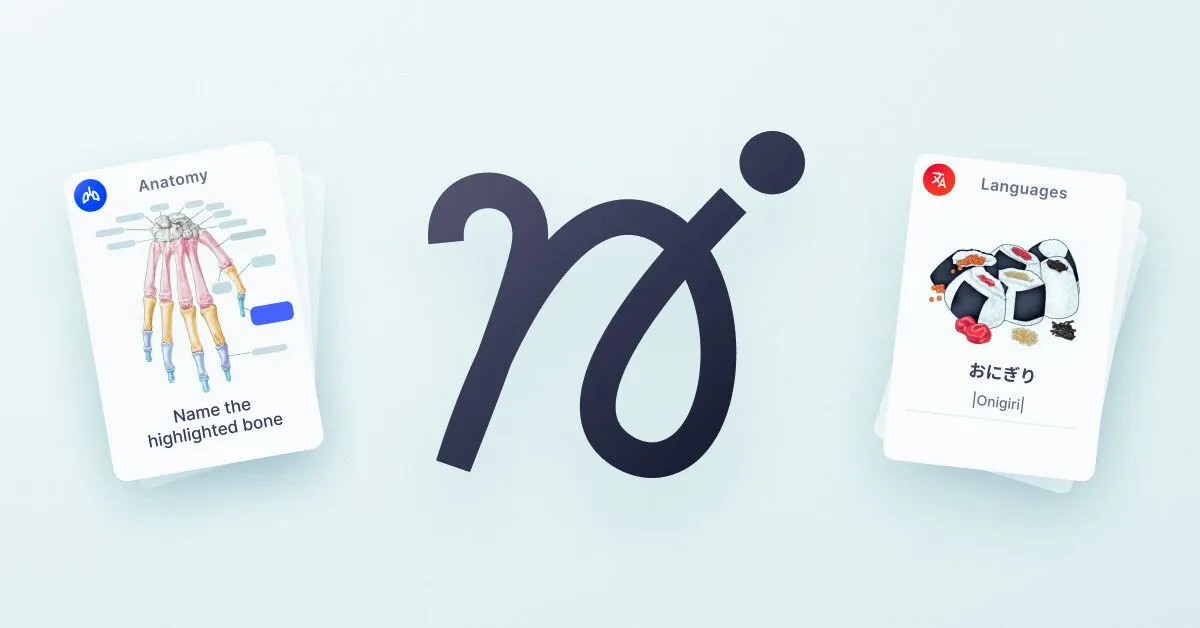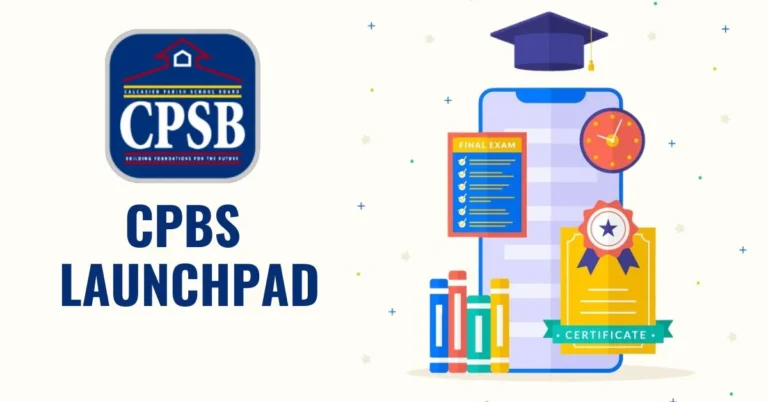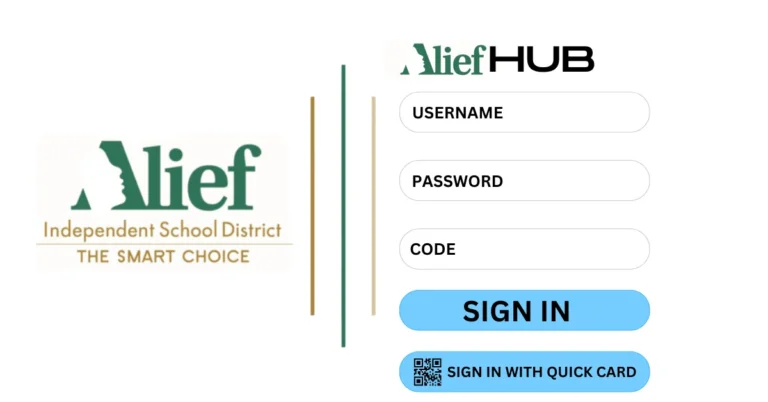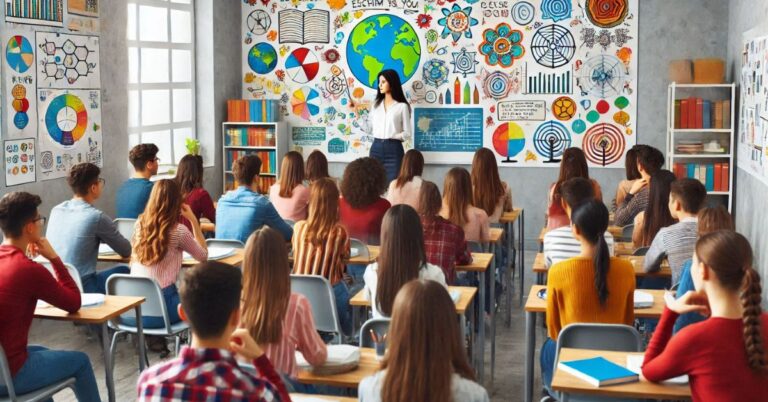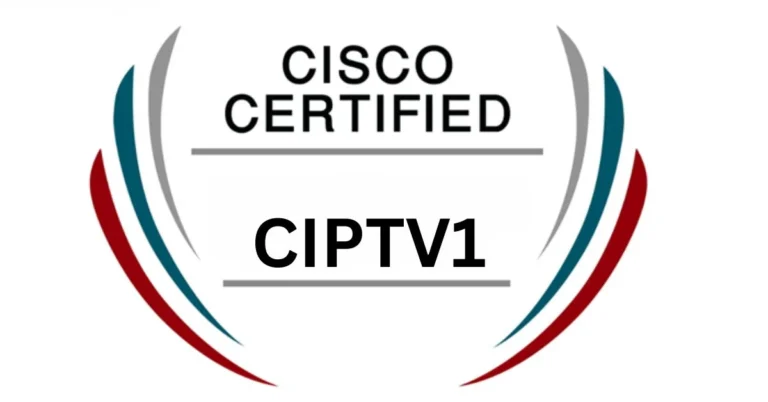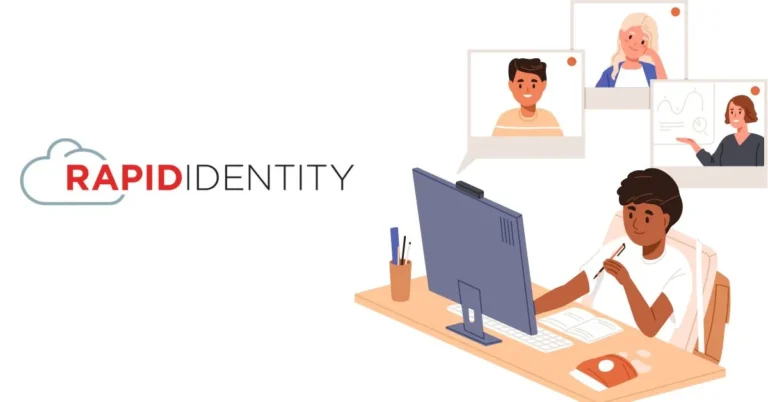Flashcards: Master Learning Quickly with Effective Techniques and New Apps
In today’s fast-paced world, efficient learning methods are essential for keeping up with education and professional development demands. Flashcards, a time-tested tool, have emerged as one of the most effective ways to learn and retain information quickly. Whether studying for exams, learning a new language, or acquiring new skills, flashcards can help you learn more in less time. This article delves into the benefits of flashcards, explores various techniques to maximize their effectiveness, and highlights new tools like Noji that are revolutionizing how we use flashcards.
Flashcards work by leveraging the power of active recall and spaced repetition, two cognitive science principles that are critical for effective learning. Active recall involves actively stimulating memory during the learning process, which strengthens neural connections and makes it easier to retrieve the information later. Spaced repetition, on the other hand, involves spreading out learning sessions over time, which has been shown to improve long-term retention. When used together, these techniques ensure that the information is not only learned quickly but also retained for a longer period.
One of the most significant advantages of flashcards is their versatility. They can be used for virtually any subject, from vocabulary and historical dates to complex scientific concepts and mathematical formulas. This flexibility makes them an invaluable tool for students of all ages and disciplines. Moreover, flashcards can be easily customized to suit individual learning styles and needs. For instance, visual learners can incorporate images and diagrams, while auditory learners can include spoken words or phrases.
In recent years, digital flashcards have gained popularity due to their convenience and accessibility. These apps often come with advanced features such as automated spaced repetition schedules, multimedia integration, and progress tracking. A new flashcard app like Noji, for instance, offers a seamless and user-friendly experience for learners. Noji allows users to create custom flashcards, sync them across devices, and even share them with peers. The app’s intuitive design and powerful algorithms ensure that learners stay engaged and motivated throughout their study sessions.
Noji also stands out with its community-driven approach. Users can access a vast library of pre-made flashcards created by other learners and educators. This feature not only saves time but also provides a diverse range of study materials that might be difficult to compile individually. Additionally, Noji’s collaborative features enable group study sessions, where users can quiz each other and share insights, further enhancing the learning experience. With such innovative tools, digital flashcards are making learning more interactive and effective than ever before.
Despite the rise of digital flashcards, traditional paper flashcards still hold their charm for many learners. The tactile experience of writing and handling physical cards can enhance memory retention for some individuals. Moreover, paper flashcards are free from digital distractions, making them an excellent option for those who prefer a more focused and immersive study environment. Whether you choose digital or paper flashcards, the key is to find a method that works best for you and consistently incorporate it into your study routine.
Creating effective flashcards involves more than just writing down information. To maximize their potential, it is essential to focus on clarity and brevity. Each flashcard should contain only one piece of information or concept, making it easier to recall and less overwhelming to study. Additionally, incorporating questions and answers rather than just statements can enhance active recall. For example, instead of writing “Photosynthesis is the process by which plants make their food,” write “What is photosynthesis?” on one side and “The process by which plants make their food” on the other.
To further enhance the effectiveness of your flashcards, consider incorporating different types of media. Images, diagrams, and audio clips can make the learning process more engaging and cater to different learning styles. For instance, language learners can benefit from flashcards with audio pronunciations, while science students might find diagrams and charts helpful in understanding complex concepts. The use of color coding can also aid in organizing information and improving visual memory.
In conclusion, flashcards are a powerful tool for learning more in less time. Their effectiveness lies in their ability to facilitate active recall and spaced repetition, two proven cognitive science principles. Whether you prefer traditional paper flashcards or advanced digital apps like Noji, the key is to use them consistently and effectively. By creating clear, concise, and engaging flashcards, you can enhance your study sessions and achieve better learning outcomes. As technology continues to evolve, flashcards will undoubtedly remain a cornerstone of efficient learning strategies.

